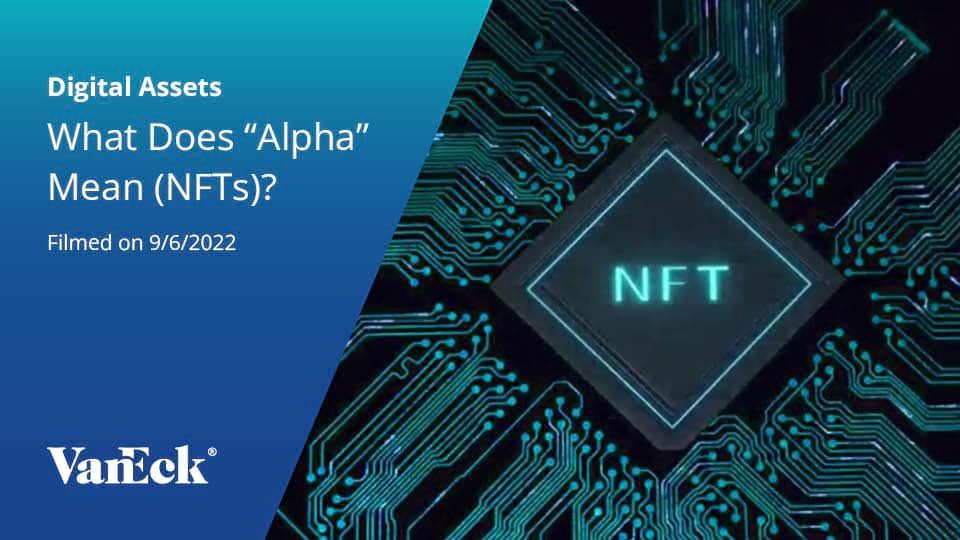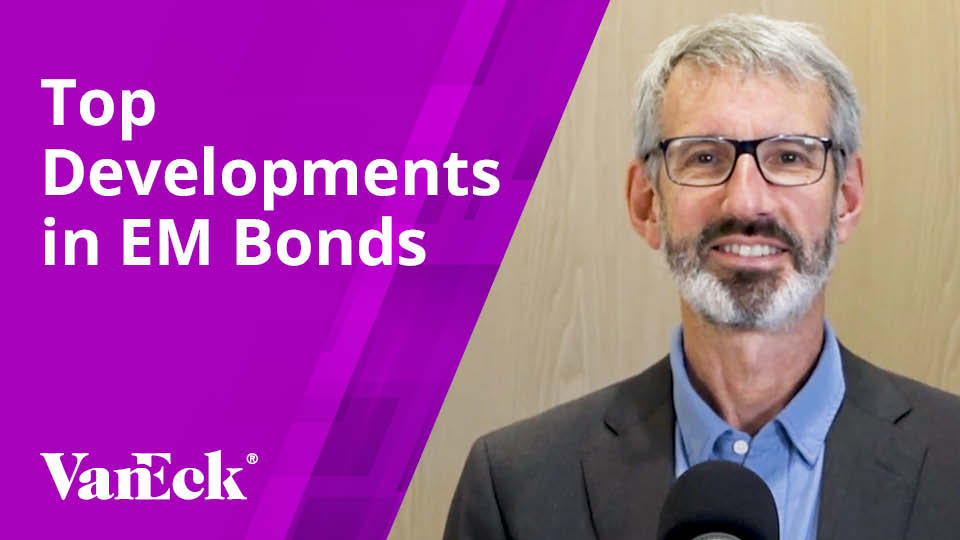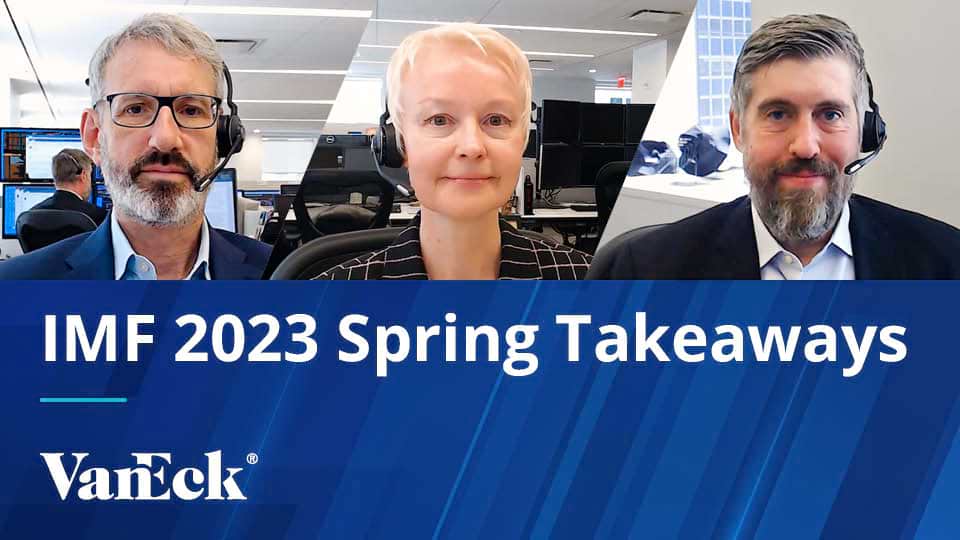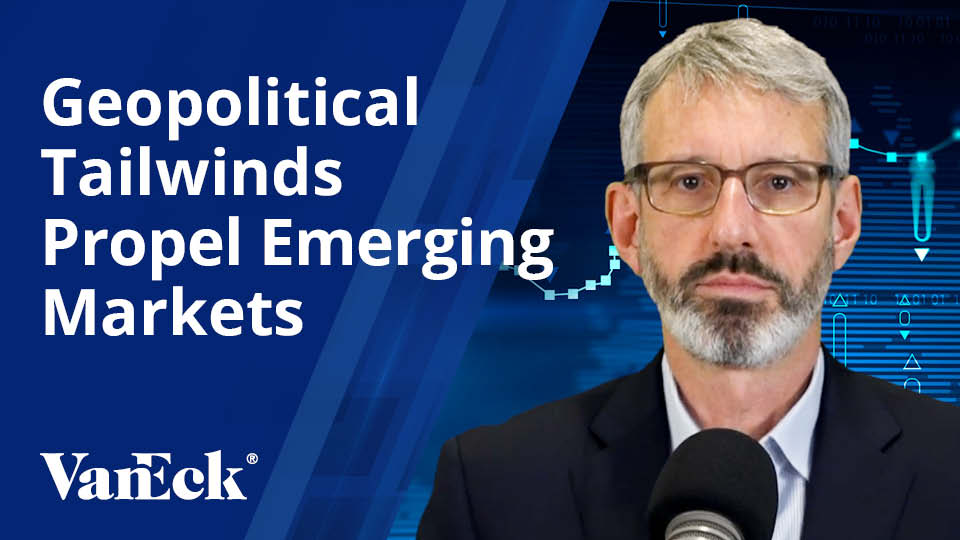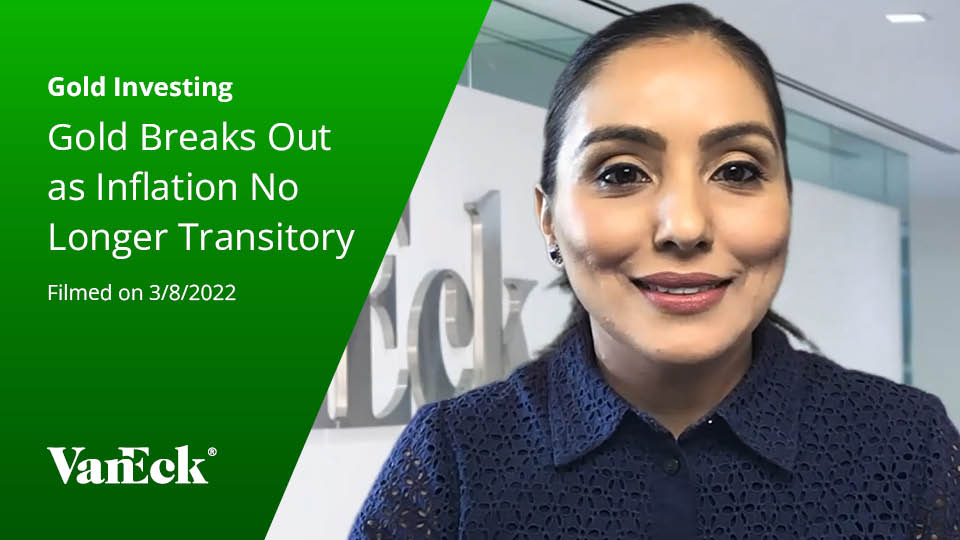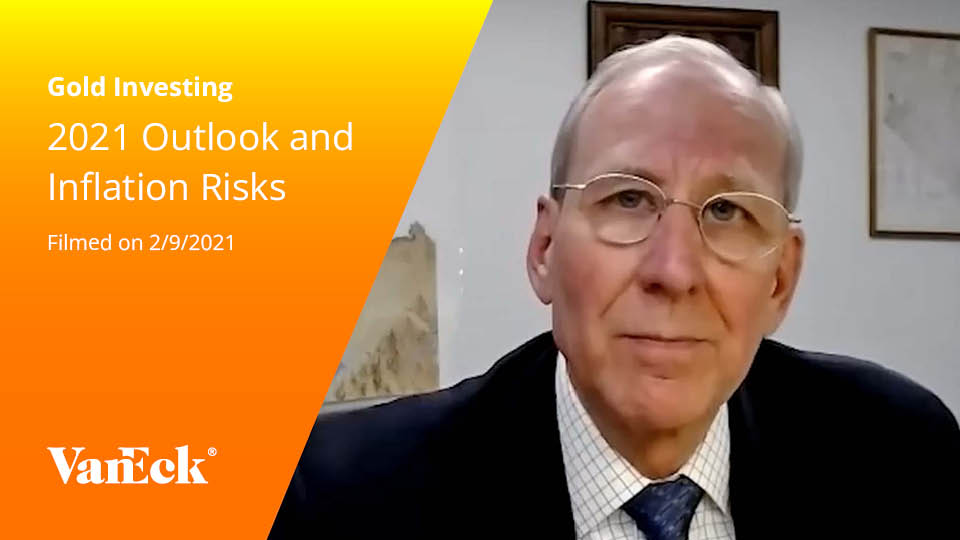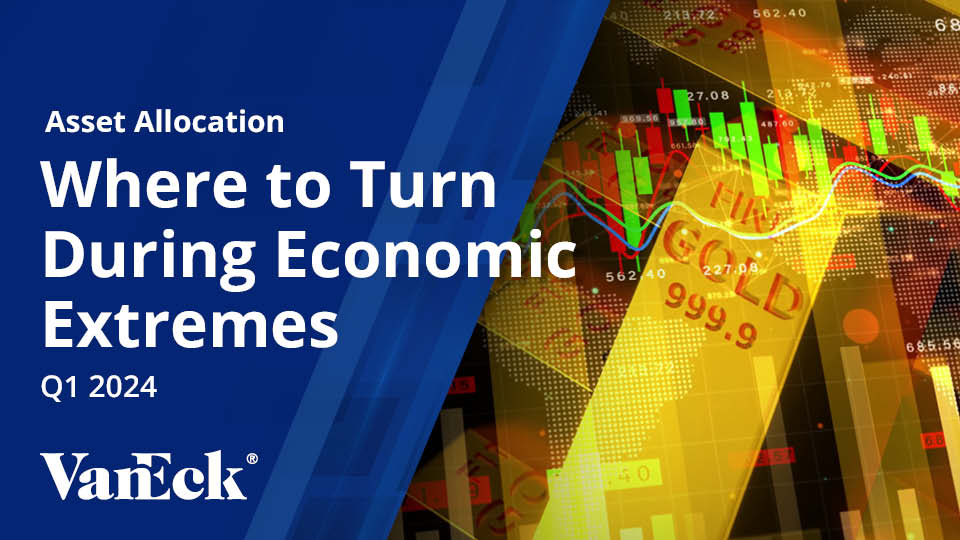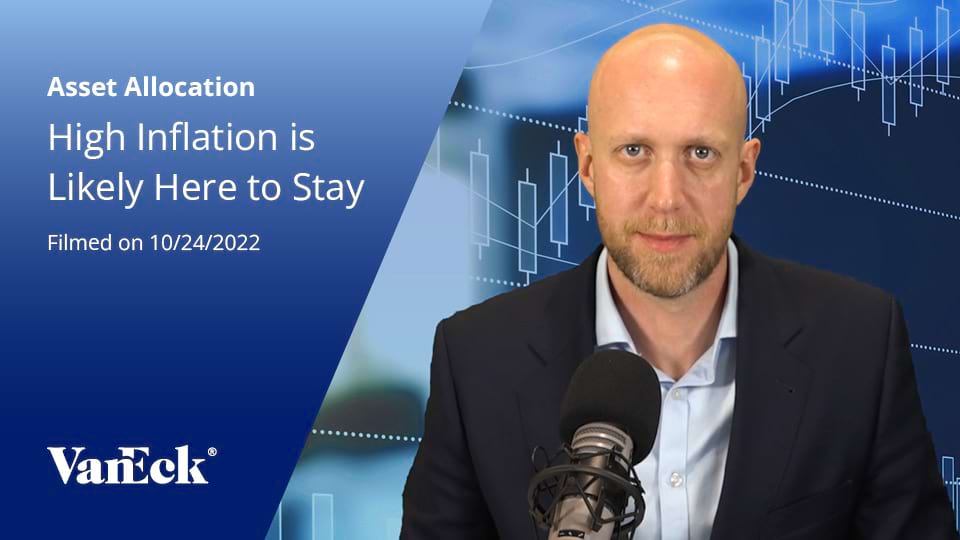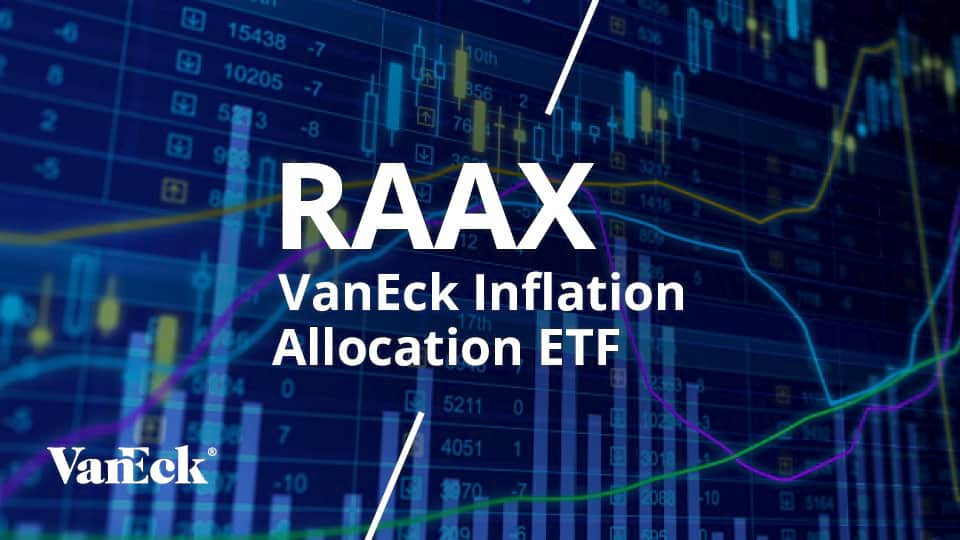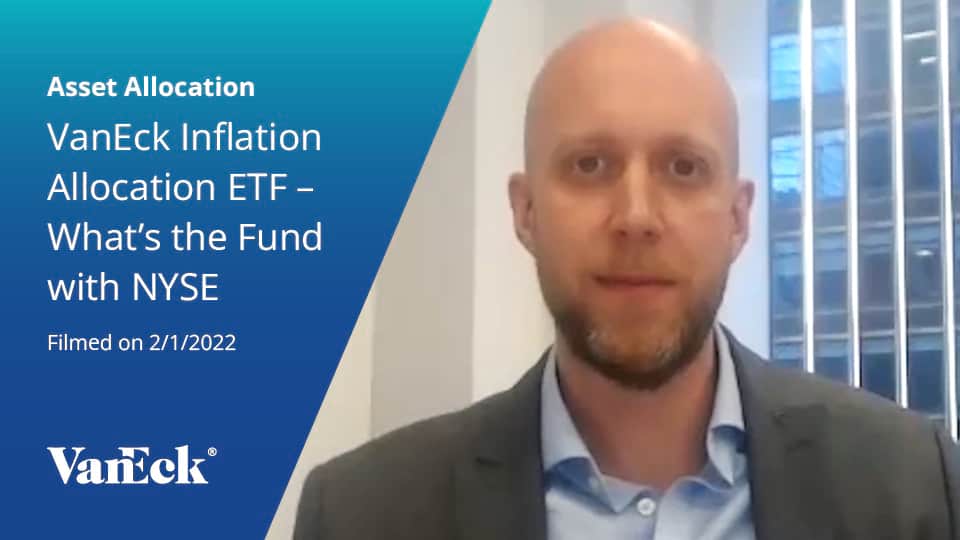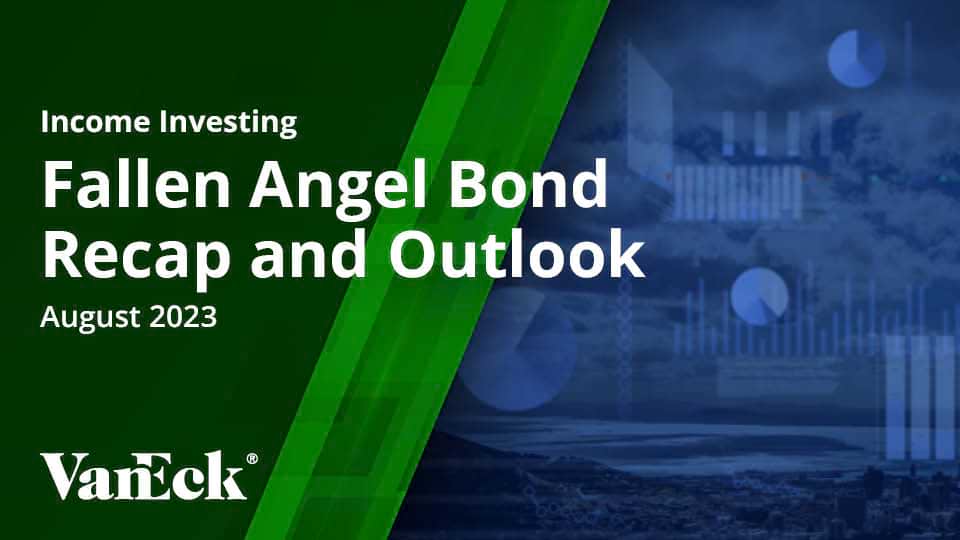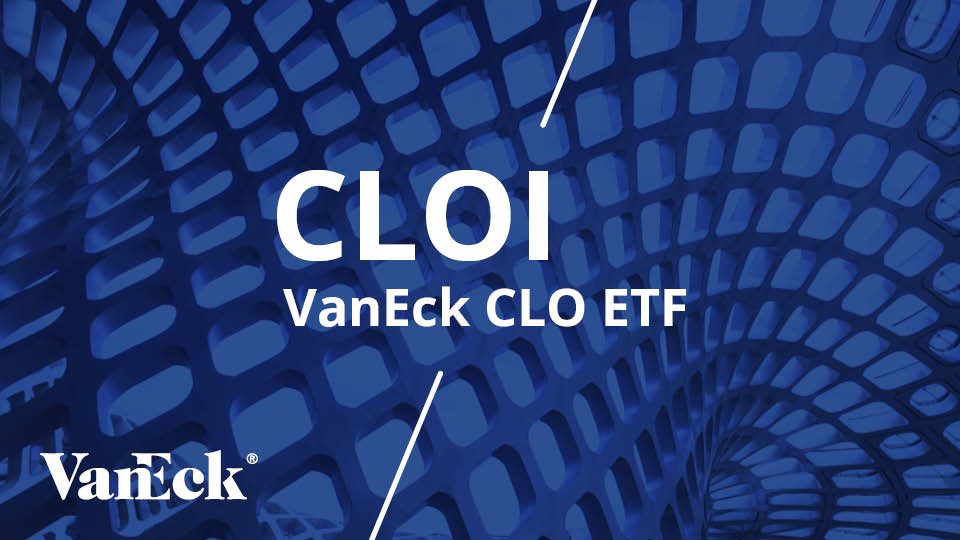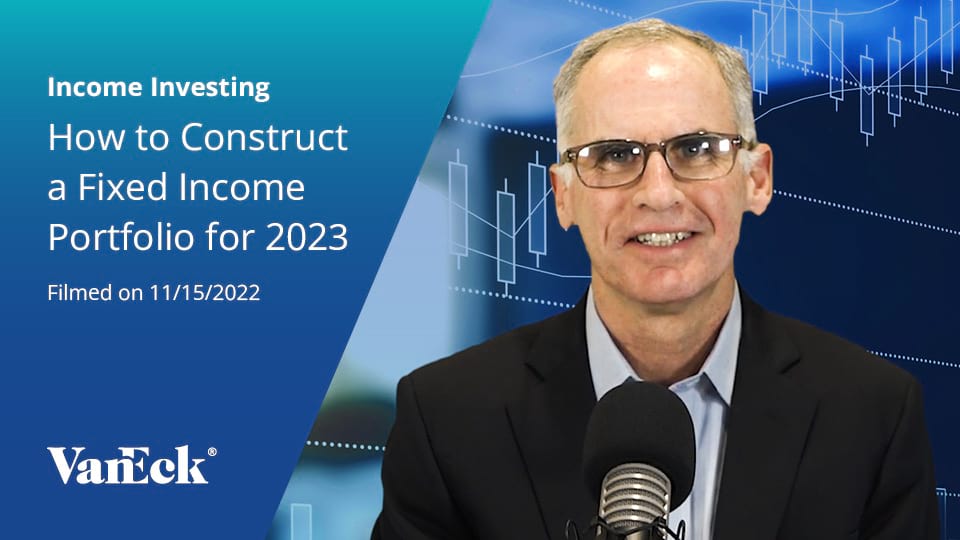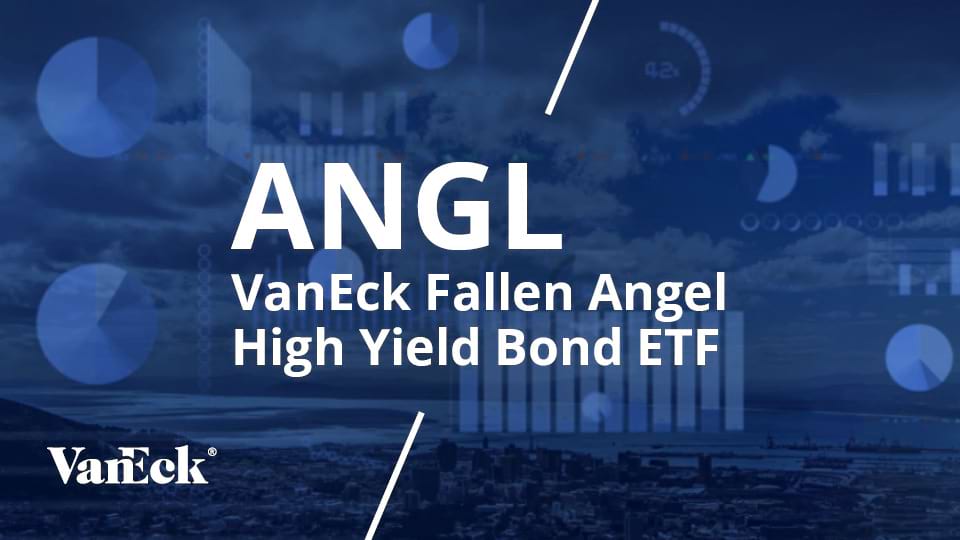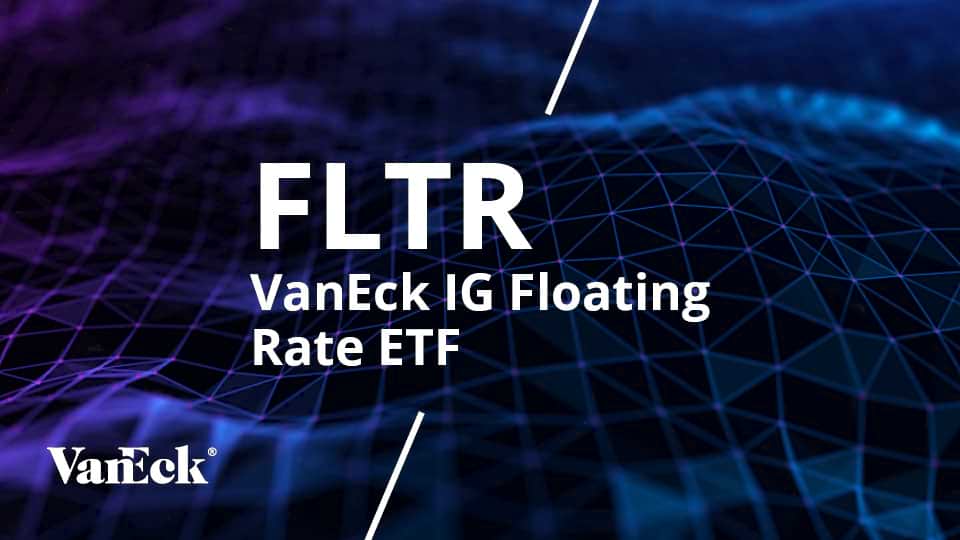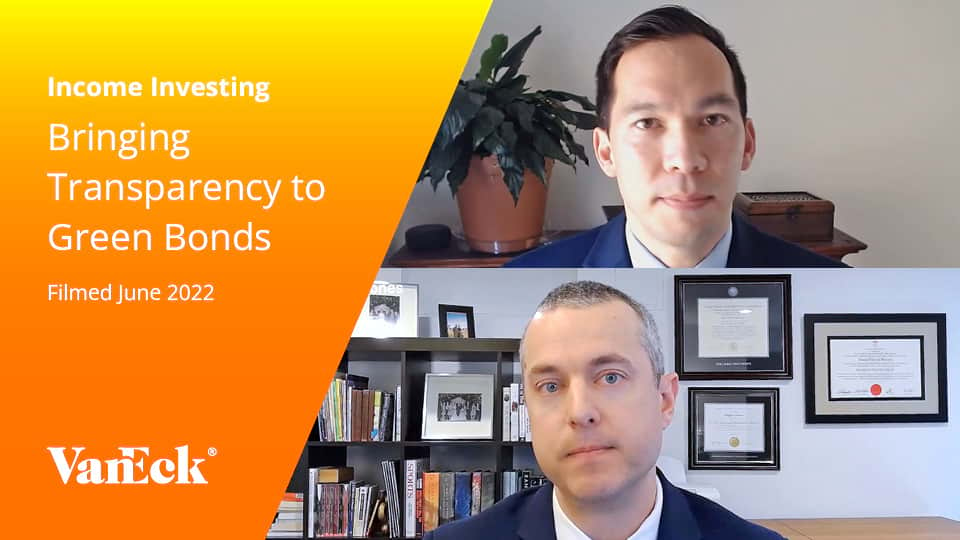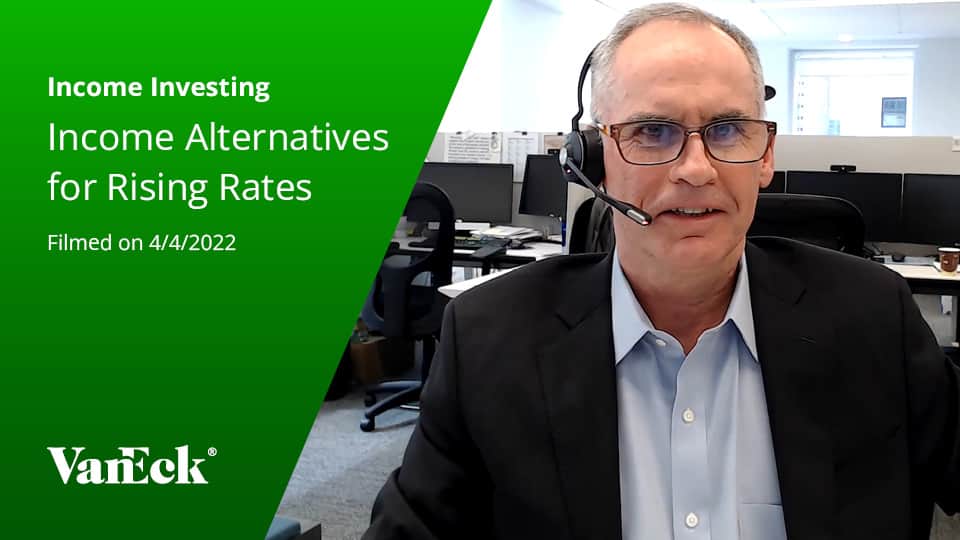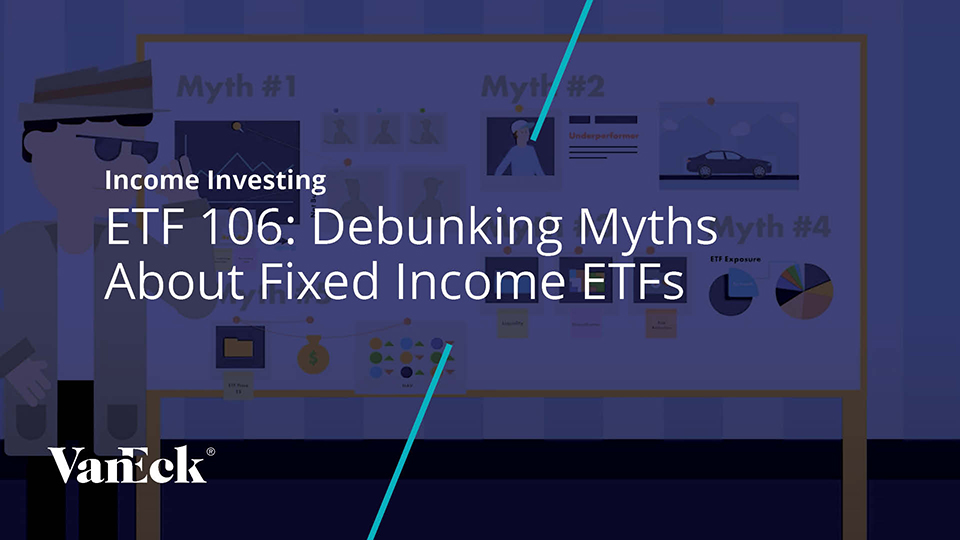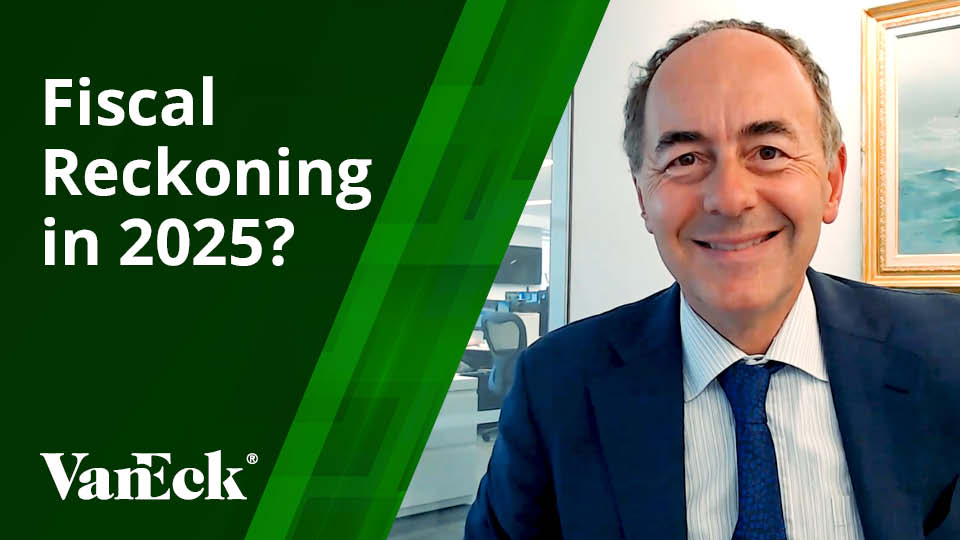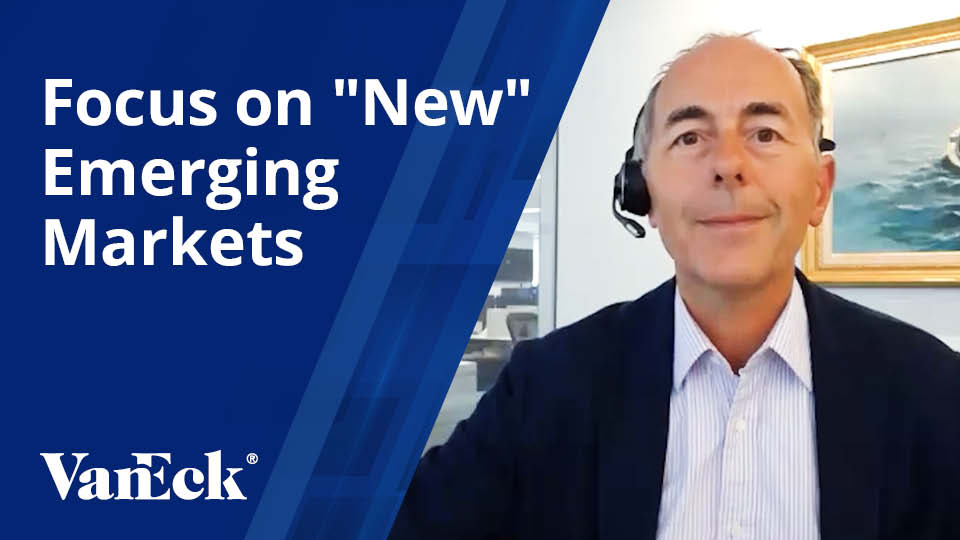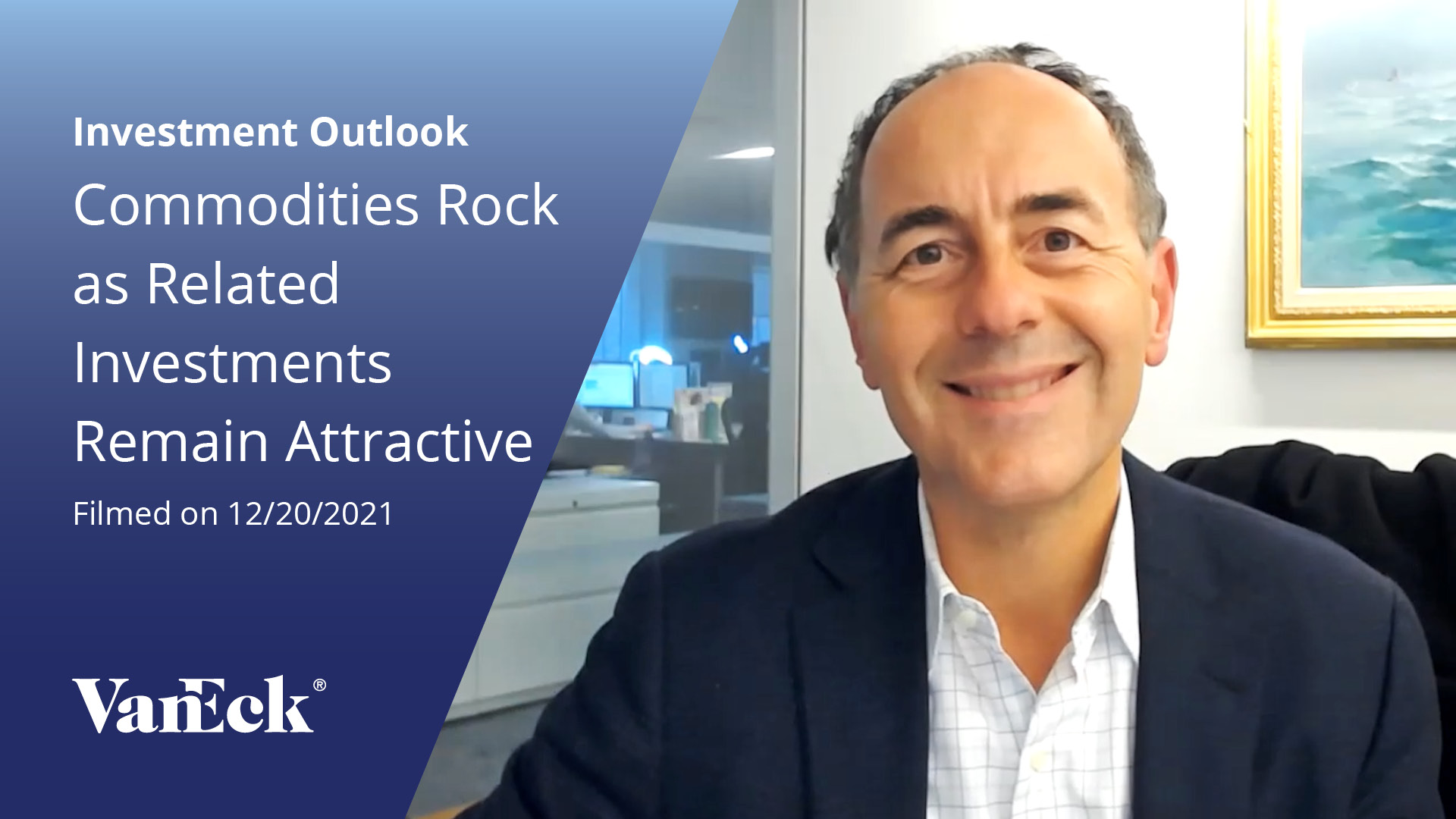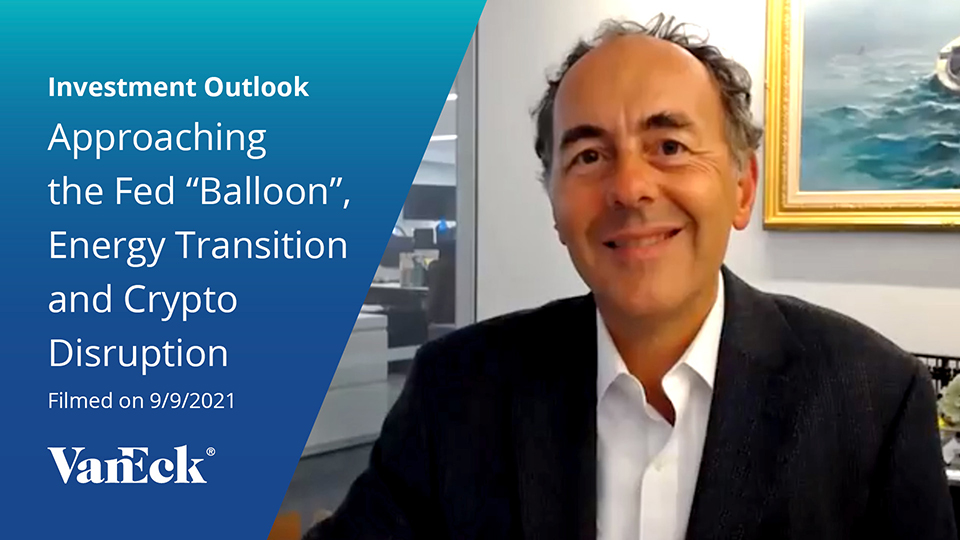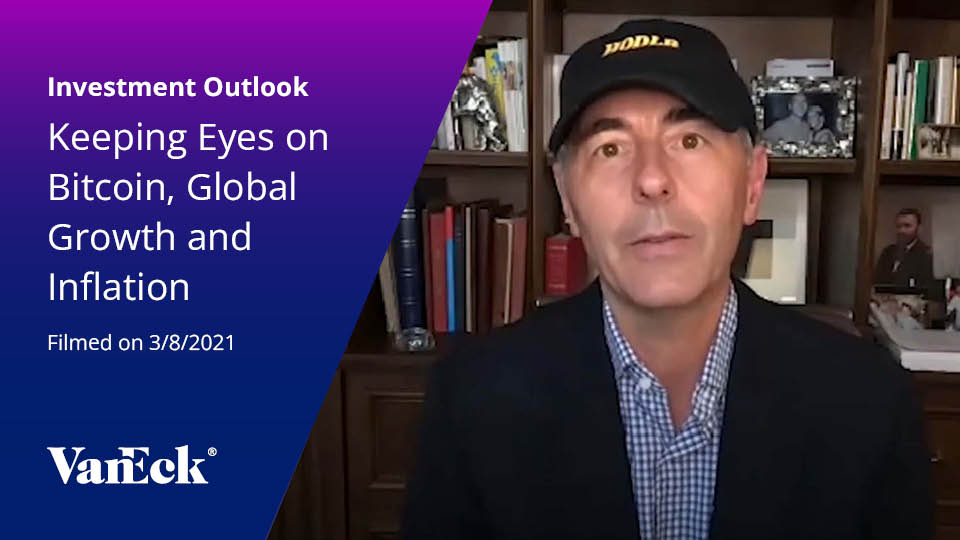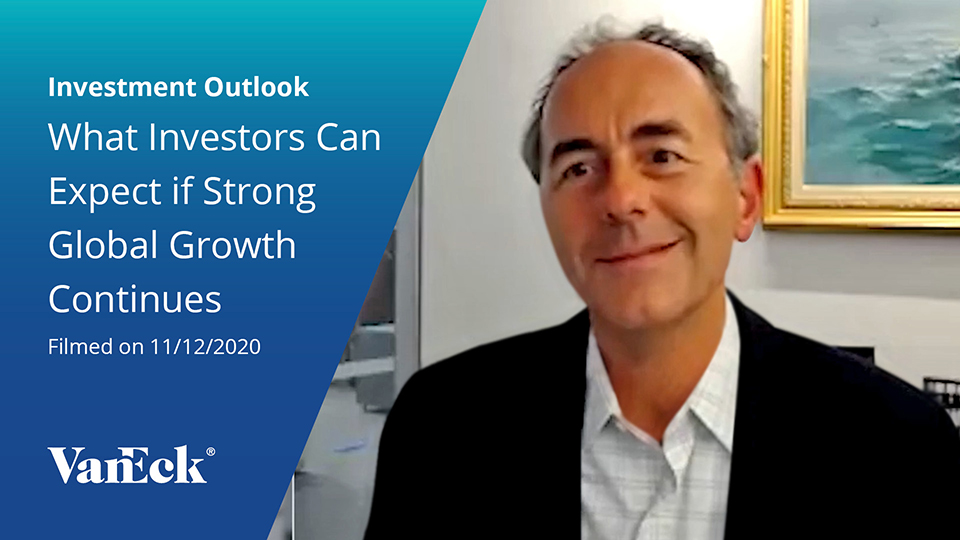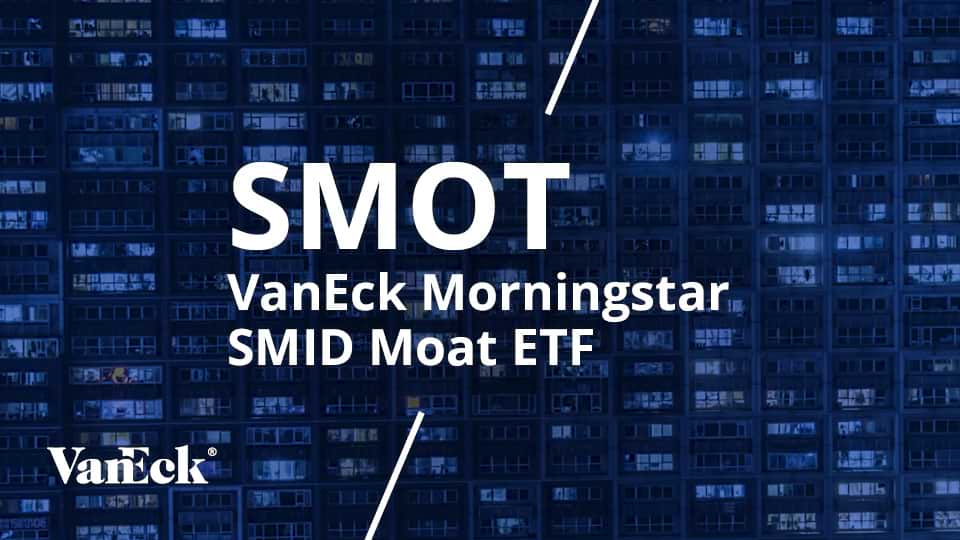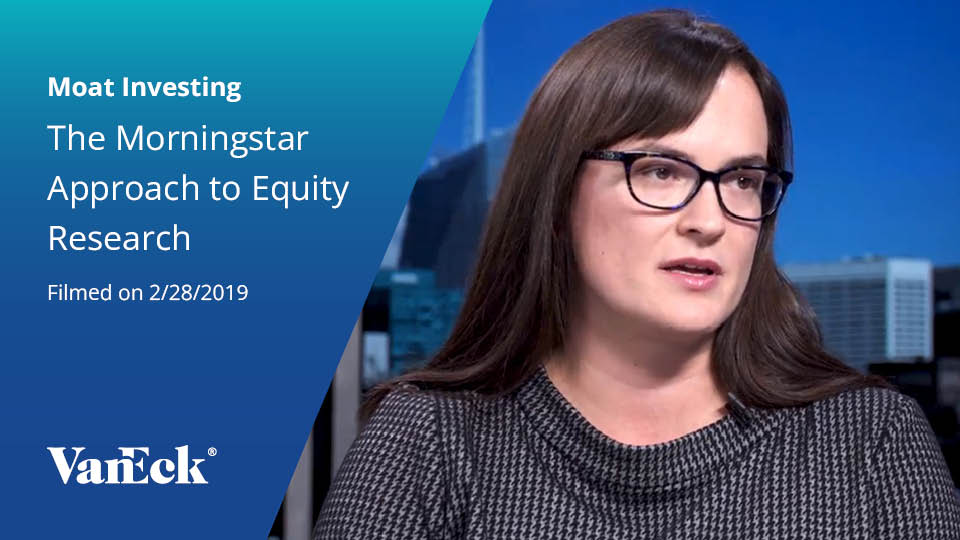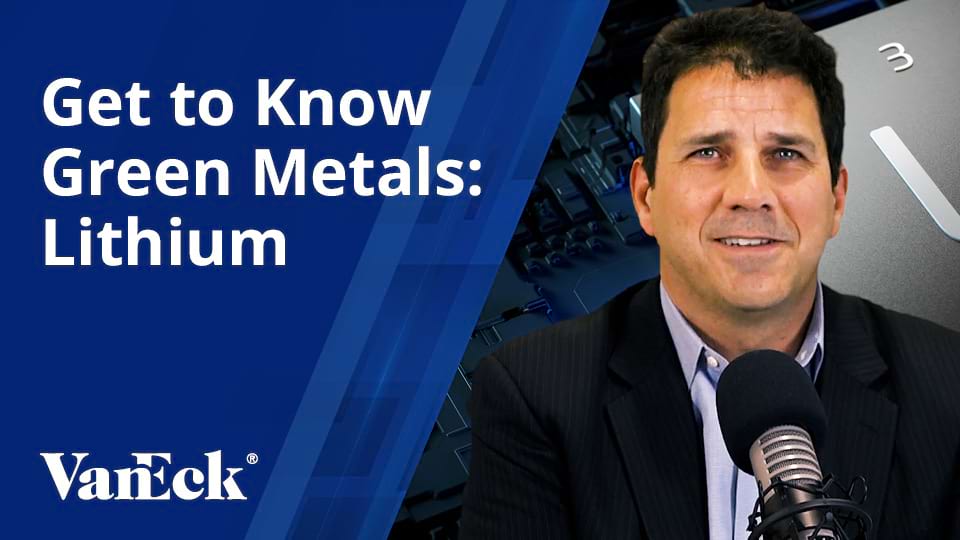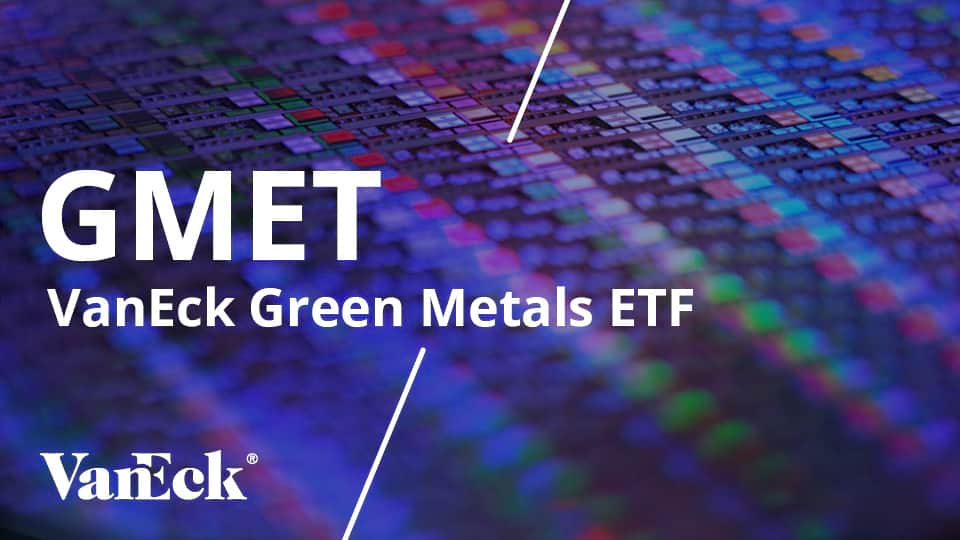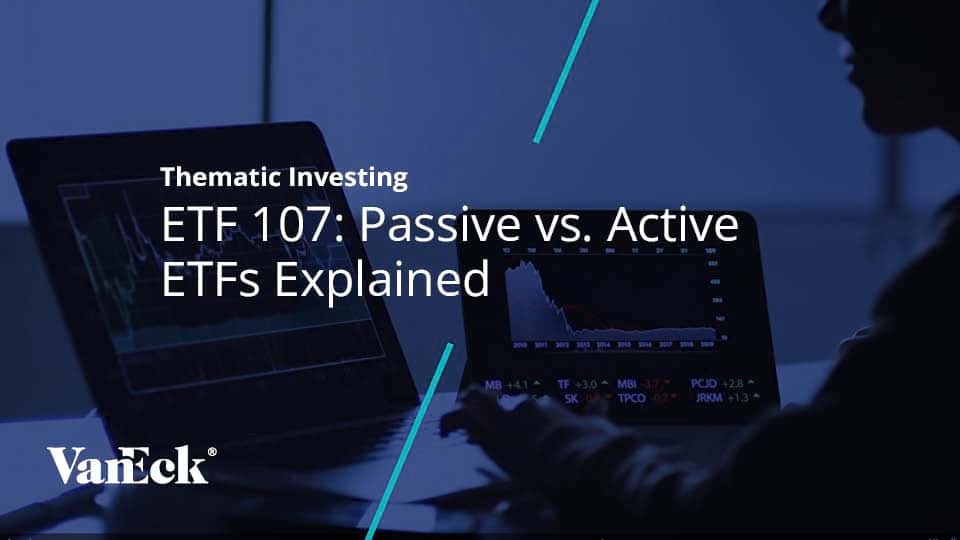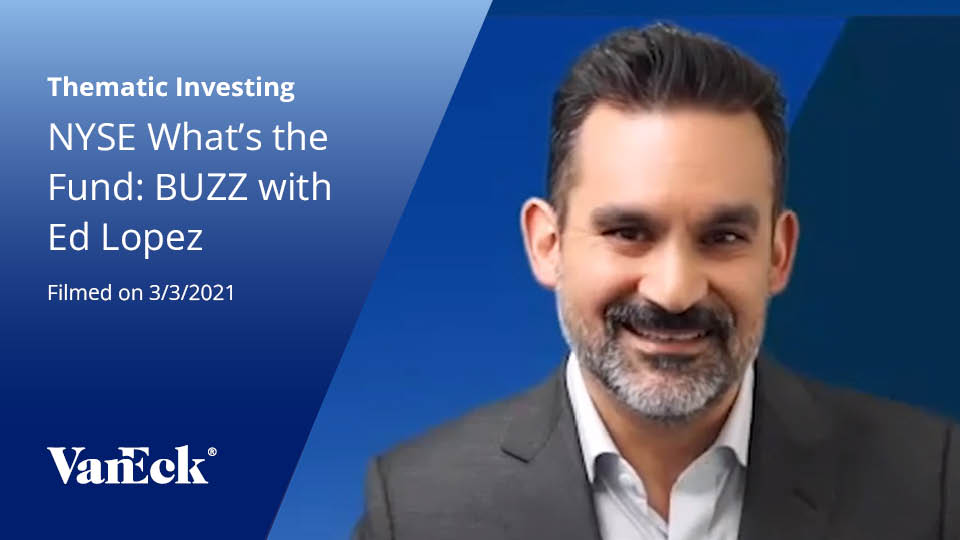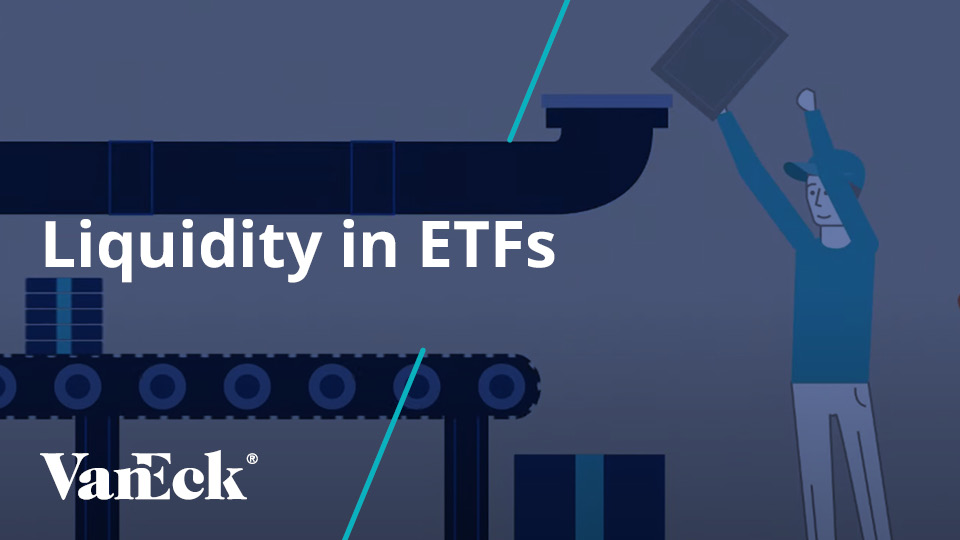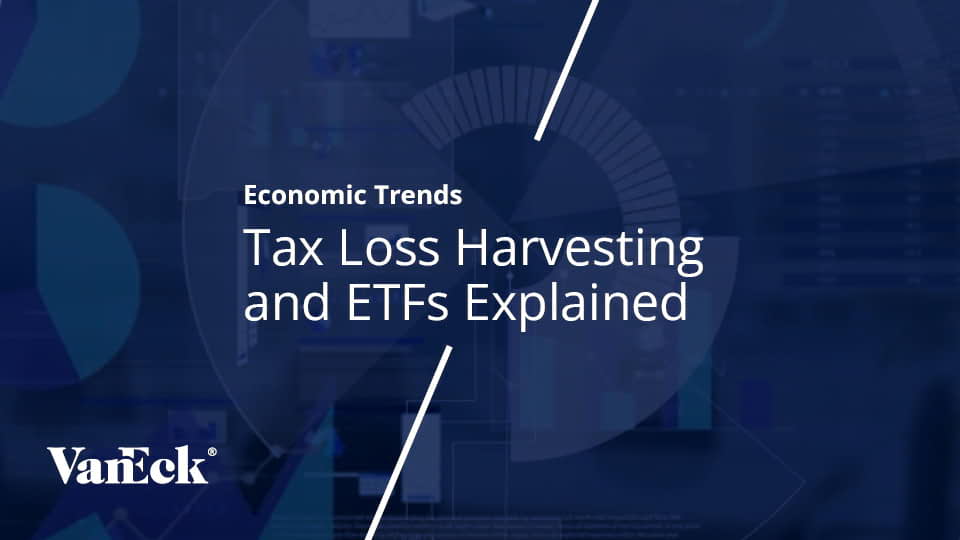Videos

As Nvidia's share price has climbed higher, along with its fair value estimate, it simply has not been undervalued or undervalued enough to warrant inclusion in the Moat Index in 2024. Hear about drivers of year-to-date relative performance of the Moat Index and how a historical context can be applied to this performance. Find out more.
In 2024, one theme has influenced the market more than any other. That's generative AI, and no company has benefited more from that theme than Nvidia. In fact, through May, Nvidia has accounted for one third of the total return of the S&P 500 index in 2024. That leaves any strategy that excludes or underweights Nvidia with a ton of ground to make up.
The VanEck Morningstar Wide Moat ETF (Ticker: MOAT) is one of those strategies. The Morningstar Wide Moat Focus Index, its underlying index, has posted notable underperformance in 2024 through May. I hope to address that underperformance, the key drivers beyond Nvidia, but also put this period into a more historical context.
Performance Drivers of the Moat Index
Let's start with the drivers of year-to-date relative performance. And of course, let's start with Nvidia. The Moat Index is a systematic, rules-based strategy that targets undervalued high-quality companies, as identified by Morningstar. As Nvidia's share price has climbed higher, along with its fair value estimate, it simply has not been undervalued or undervalued enough to warrant inclusion in the Moat Index in 2024.
In fact, the last time Nvidia was in the portfolio was in late 2022 for about a two-quarter stretch into early 2023. This lack of exposure to Nvidia has accounted for approximately 36% of the Moat Index's relative performance.
A second driver of relative performance and a related one has been the Moat Index's equal weighting methodology. There's been an incredible lack of breadth in the market. In other words, only a few companies have driven the total returns of the overall market thus far in 2024. To expand upon the Nvidia example, the so-called Magnificent 7, Alphabet, Amazon, Apple, Meta, Microsoft, Nvidia, and Tesla have accounted for over 50% of the total return of the S&P 500 returns in 2024. And if you exclude the laggards, Apple and Tesla, so far this year, the remaining magnificent five have accounted for approximately 60% of the total market's returns.
Another illustration of this lack of market breadth is the price ratio of the equal weighted version of the S&P 500 relative to the well-known market cap weighted version of the S&P 500. Those price ratios are at levels we have not seen since 2009 during the global financial crisis.
A third driver of relative performance for the Moat Index has been what typically impacts performance in most any period, stock selection, particularly those overweight positions that are held in the Moat Index.
And many of those positions thus far have not panned out for the moat index in 2024, as we wait for the market to realize the true value of many of these companies. These include MarketAxess, Etsy, Gilead sciences, Estee Lauder and Biogen. That's not to say that there haven't been excellent stock picks within the portfolio. Those have just been overshadowed by those other stock picks and the lack of Nvidia exposure.
And the fourth and final driver of relative performance in 2024 has been momentum or the lack thereof. As a strategy that targets undervalued stocks, the Moat Index has typically been negatively loaded toward the momentum factor. And as momentum has been the top performing factor of traditional factors in 2024, that has certainly been a headwind for the Moat Index thus far this year.
Putting the Current Performance into Historical Context
Let's put current relative performance into a historical context.
As a highly differentiated strategy, the Moat Index is prone to periods of underperformance. In fact, as recently as 2021, 2020, and 2017, the Moat Index had similar periods of underperformance. They were all, however, followed by periods of excess returns.
Zooming out and Looking at the full index history which went live in 2007, following periods of 6-month underperformance greater than 5%, the Moat Index has outperformed on average by 4.8 % in subsequent 1-year periods and it has outperformed on average by 4.3% annually in subsequent 3-year periods. So more often than not, following periods of significant underperformance, there has been excess returns or outperformance by the Moat Index.
The success of Morningstar's Moat Index can be attributed to finding attractive entry points amongst a group of high-quality U.S. companies. Sometimes it takes more time for the market to realize the true value of these stocks. But in its over 15-year history, the Moat Index has delivered as a core U.S. equity position.
To stay up to date with moat investing trends, visit VanEck.com/subscribe to sign up for our moat investing newsletter.
IMPORTANT DISCLOSURE
This is not an offer to buy or sell, or a recommendation to buy or sell any of the securities, financial instruments or digital assets mentioned herein. The information presented does not involve the rendering of personalized investment, financial, legal, tax advice, or any call to action. Certain statements contained herein may constitute projections, forecasts and other forward-looking statements, which do not reflect actual results, are for illustrative purposes only, are valid as of the date of this communication, and are subject to change without notice. Actual future performance of any assets or industries mentioned are unknown. Information provided by third party sources are believed to be reliable and have not been independently verified for accuracy or completeness and cannot be guaranteed. VanEck does not guarantee the accuracy of third party data. The information herein represents the opinion of the author(s), but not necessarily those of VanEck or its other employees.
Index performance is not illustrative of fund performance. It is not possible to invest directly in an index.
Morningstar® Wide Moat Focus IndexSM (MWMFTR) – tracks the overall performance of attractively priced companies with sustainable competitive advantages according to Morningstar's equity research team.
The S&P 500 Index consists of 500 widely held common stocks covering the leading industries of the U.S. economy.
An investment in the VanEck Morningstar Wide Moat ETF (MOAT®) may be subject to risks which include, among others, risks related to investing in equity securities, consumer discretionary sector, health care sector, industrials sector, information technology sector, financials sector, medium-capitalization companies, market, operational, high portfolio turnover, index tracking, authorized participant concentration, no guarantee of active trading market, trading issues, passive management, fund shares trading, premium/discount risk and liquidity of fund shares, non-diversification and index-related concentration risks, all of which may adversely affect the Fund. Medium-capitalization companies may be subject to elevated risks.
Investing involves substantial risk and high volatility, including possible loss of principal. An investor should consider the investment objective, risks, charges and expenses of a Fund carefully before investing. To obtain a prospectus and summary prospectus, which contain this and other information, call 800.826.2333 or visit vaneck.com. Please read the prospectus and summary prospectus carefully before investing.
No part of this material may be reproduced in any form, or referred to in any other publication, without express written permission of Van Eck Securities Corporation.
© 2024 Van Eck Securities Corporation, Distributor, a wholly owned subsidiary of Van Eck Associates Corporation.
666 Third Avenue, New York, NY 10017



